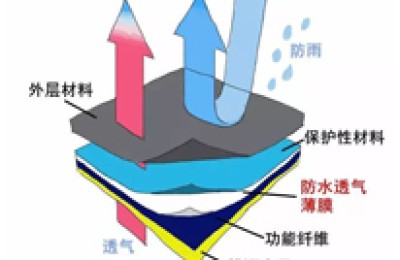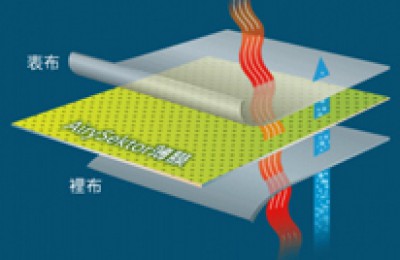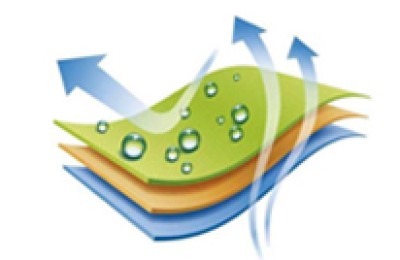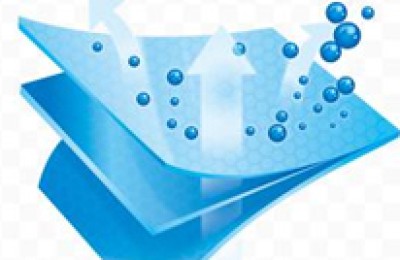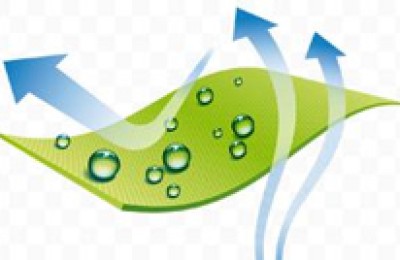The textile industry is Thailand’s largest manufacturing industry, covering all aspects of the entire industrial chain from fiber to garment production. However, from 2005 to 2014, Thailand’s textile companies showed a gradual decrease. The total number of textile companies decreased from 4440 to 4041, of which the number of Thai chemical fiber companies decreased from 17 to 12; the number of clothing companies decreased from 2541 to 2167. . From 2011 to 2014, the operating rate of Thailand’s fiber industry was approximately 70%, the operating rate of the acrylic industry was 80%, and the operating rate of the acrylic and lint industries was maintained at approximately 100%.
From the perspective of output, from 2011 to 2014, Thailand’s polyester output showed a downward trend, reaching 649,280 metric tons, 529,680 metric tons, 500,880 metric tons, and 479,880 metric tons respectively (a decrease of 35.30% from 2011). Thailand’s nylon, acrylic, and viscose fiber output were relatively stable, remaining unchanged at 47,170 metric tons, 110,000 metric tons, and 151,000 metric tons respectively.
From 2012 to 2014, according to Thai customs statistics, Thailand’s chemical fiber import and export showed a downward trend. Among them, the import value of chemical fiber was US$192.2 million, US$187.2 million, and US$182.3 million respectively (a decrease of 5.43% compared with 2012). Chemical fiber exports were US$673.2 million, US$642.6 million, and US$600.1 million respectively (a decrease of 12.18% compared to 2012). Among them, Thai chemical fiber is mainly exported to the ASEAN region, with export values of US$265.8 million, US$263.81 million, and US$211.04 million respectively.
Due to the sluggish domestic demand and export situation in Thailand, the labor shortage has caused labor costs to increase year by year. In 2015, a large number of factories in the Thai textile industry closed down, and many companies also reduced their production scale and capacity. This is an important challenge currently faced by the Thai textile industry.
In order to cope with these challenges, Thailand combines high-performance fibers with cultural textiles to explore ways out and form a high-tech textile industry chain by promoting the development of soft power. First of all, from the perspective of Thailand’s human resources, it is necessary to promote the development of innovative technologies through creative workers; secondly, Thai companies must not only focus on their own products, but also provide first-class services; Thailand should give full play to its freely circulating labor force and The advantages of the product allow the product to go global; finally, the product must be integrated with Thai culture. Only in this way can we build a unique cultural creative high-tech industrial chain.
High-performance, sporty products and fashionable products are Thailand’s areas of strength. In 2014, Thai products were used in the World Cup football matches and other sports occasions. The promotion of sports clothing and products can bring more opportunities to Thailand. Thailand’s golf apparel is a dominant industry. Not only are prices relatively reasonable, but they also provide products for golf training. Thai people pay more attention to their physical health, and medical treatment is a part of Thai people’s lives, so products should pay more attention to the combination of medical treatment and cultural textiles.
From the perspective of localization in Thailand, more humane products should be produced. A quarter of Thailand’s population is Muslim, while ASEAN countries have a population of 300 million, 50% of which are Muslims. Therefore, when launching products, there should be relevant tests and certifications to meet the standards and expectations of Muslims in order to gain their trust. and recognition.
From a production perspective, Thai textile companies are currently developing some new varieties and conducting research and development based on consumer needs to make products more suitable for various groups of people. In addition, Thailand should focus on sportswear and make full use of the advantages of Thailand’s sportswear to increase people’s demand for sports products.
Thailand’s textile industry explores ways to combine high-performance fibers with culture
The textile industry is Thailand’s largest manufacturing industry, covering all aspects of the entire industrial chain from fiber to garment production. However, from 2005 to 2014, Thailand’s textil…
This article is from the Internet, does not represent Composite Fabric,bonded Fabric,Lamination Fabric position, reproduced please specify the source.https://www.yjtextile.com/archives/11110

